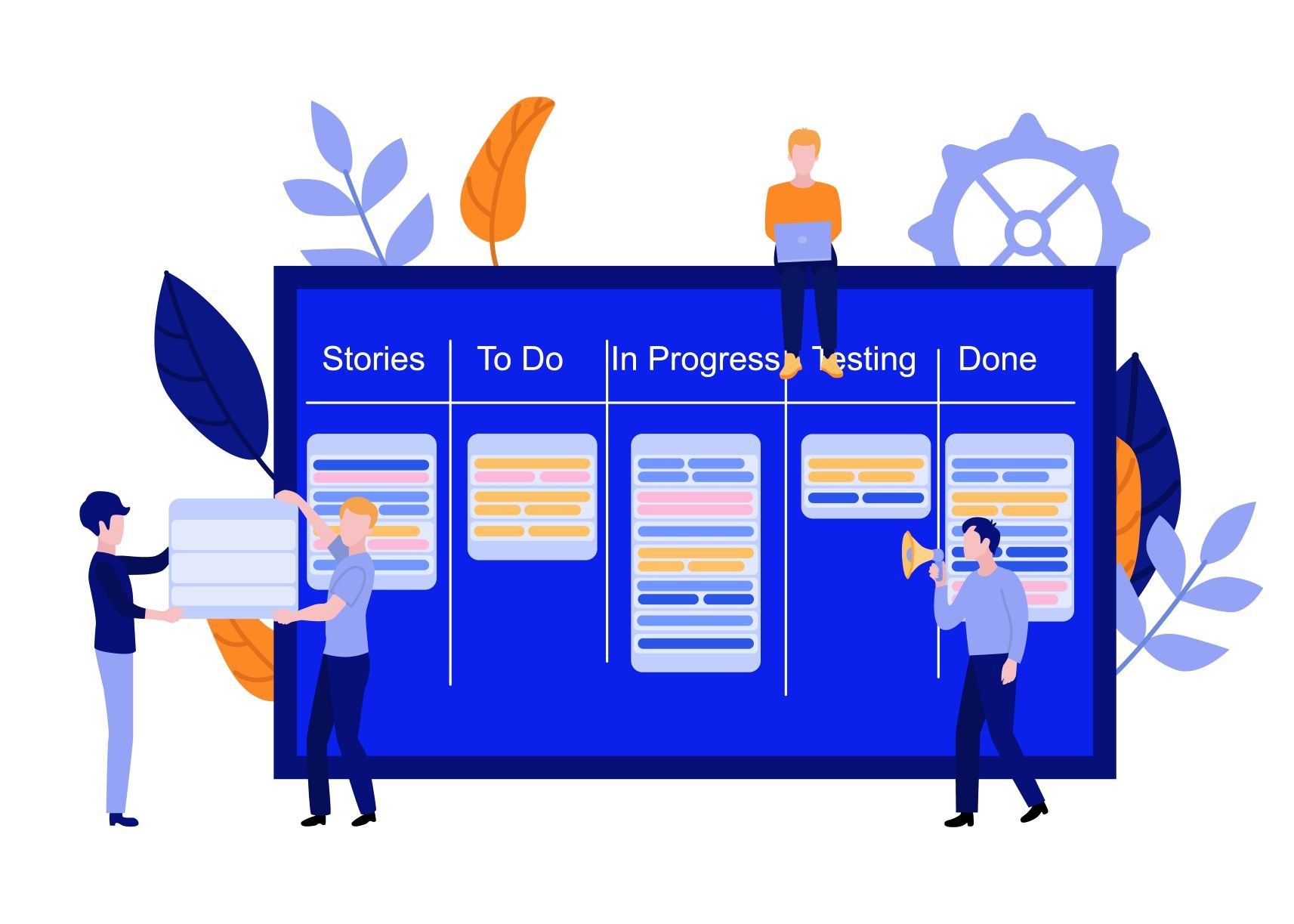Marketing Automation vs Sales Automation: What You Need to Know

It is confusing to understand where marketing stops and sales begins. Even in the Sales and Marketing industry the question is up for debage. My belief is that marketing's purpose is to drive awareness and engagement with a brand. Up to the point where a potential customer give you permission to contact them and the information on how to do so. But Sales begins once you have the prospects contact information. A sales person reaches out to start a conversation with a prospect. They Identify the prospects needs and see if there is a fit with the service or product offered and close the deal. Since the purpose of marketing and sales is different how you put in place automation is also unique.
WHAT IS MARKETING AUTOMATION?
Marketing automation is the process of using technology to streamline marketing processes. Automation tools help organizations save time, money and resources. While increasing performance and engagement by automating repetitive tasks. This is true of sales automation as well. But the tasks that are actually optimized and how they are used is much different between the two. Marketing automation consistently broadcasts the companies message and drives consumer demand. These tools allow businesses to create a unified customer experience across many channels. It optimizes efforts for greatest efficiency and effectiveness. Automation enables business owners to focus on growing their business. Instead of spending time on routine tasks.
The benefits of implementing marketing automation include:
- improved communication with customers through automated messages
- increased sales conversions by nurturing leads until they are ready to become customers
- enhanced productivity as manual processes are automated
- better-targeted campaigns by segmenting customer data
- Improved efficiency as marketing automation tools can be tailored to specific goals.
- Marketing automation also helps companies track customer interactions, allowing them to measure their ROI and gain insights into customer behaviour.
There are a variety of marketing automation tools available.
Each type of tool serves a different purpose. But all have the common goal of helping businesses automate their marketing processes.
The most popular types of marketing automation tools include:
- Email marketing platforms such as MailChimp and Go Highlevel;
- Social media management tools like FB Engine and Expandi;
- Analytics software like Google Analytics and Adobe Marketing
- Cloud; and content management systems such as WordPress or Duda.
So what strategies most benefit from automation?
- Nurturing leads with automated emails
- Segmenting customers by location behavior, or demographics for tailored campaigns
- Creating customer profiles to personalize messages and offer
- Automating social media posts to reach a larger audience
- Tracking customer interactions to measure ROI
- Integrating third-party apps with marketing automation tools.
These strategies help businesses optimize their efforts. While improving their performance, efficiency, and engagement.
WHAT IS SALES AUTOMATION?
Sales automation is the process of leveraging technology to streamline and automate sales processes. Typically the automation involves using software and tools to assist sales teams in their efforts.
Tools such as CRM systems, lead scoring, customer segmentation and more. Sales automation helps businesses increase sales conversions by identifying qualified leads. Then nurturing them until they are ready to become customers. It also allows companies to better forecast revenue. Since they can track customer interactions and measure ROI. Unlike marketing automation, Sales automation focuses on scaling the efforts of individuals. Rather than broadcasting the message to as many people as possible through various channels. It creates a 1 to 1 conversation between the prospect and the salesperson at scale.
The benefits of implementing sales automation are:
- Increased sales conversions through automated processes
- Improved customer relationships as automated messages create personalized experiences
- Enhanced productivity through automating manual tasks
- Better-targeted campaigns through customer segmentation
- Improved efficiency through tracking customer data.
- Sales automation also helps with revenue forecasting by allowing companies to track progress over time and accurately predict future results.
Some popular sales automation tools:
- Direct outreach systems such as GoHighlevel and WooSender
- Social media lead gen and outreach tools like FB engine, HubSpot and LeadQuizzes;
- Customer relationship management systems like Salesforce and Hubspot CRM;
- Lead scoring solutions such as LeadIQ, LeadForensics and ContactMonkey
Each tool serves a different purpose. All have the common goal of helping businesses streamline their sales process.
When creating a sales strategy, you have to make it personal. Focus on the prospect in front of you rather than a broad demographic and trying to please everyone. The automations you create should make it easier to scale the number of conversations with your prospects.
Here are some Ideas on what to automate in sales:
- Creating customer profiles for personalized experiences
- Using lead scoring to focus on prospects by interest level
- Leveraging customer segmentation to tailor campaigns to interests and needs
- Automating manual tasks such as scheduling meetings and sending follow-up emails
- Tracking customer interactions to measure ROI
Marketing Automation and Sales Automation are both powerful tools for business. And they work together to increase a companies closing ratio. But it is extremely important that you have clear boundaries of where one stops and the other begins. And you make sure your copy and collateral for each is distinct. Your marketing systems need to keep broadcasting your message to your ideal avatar. And make sure your sales collateral and messaging is conversational and informational. It also needs to address that particular prospects needs not just the needs of an entire demographic.


All Rights Reserved | Follow Up Engine Do Not Sell Or Sell My Personal Information

